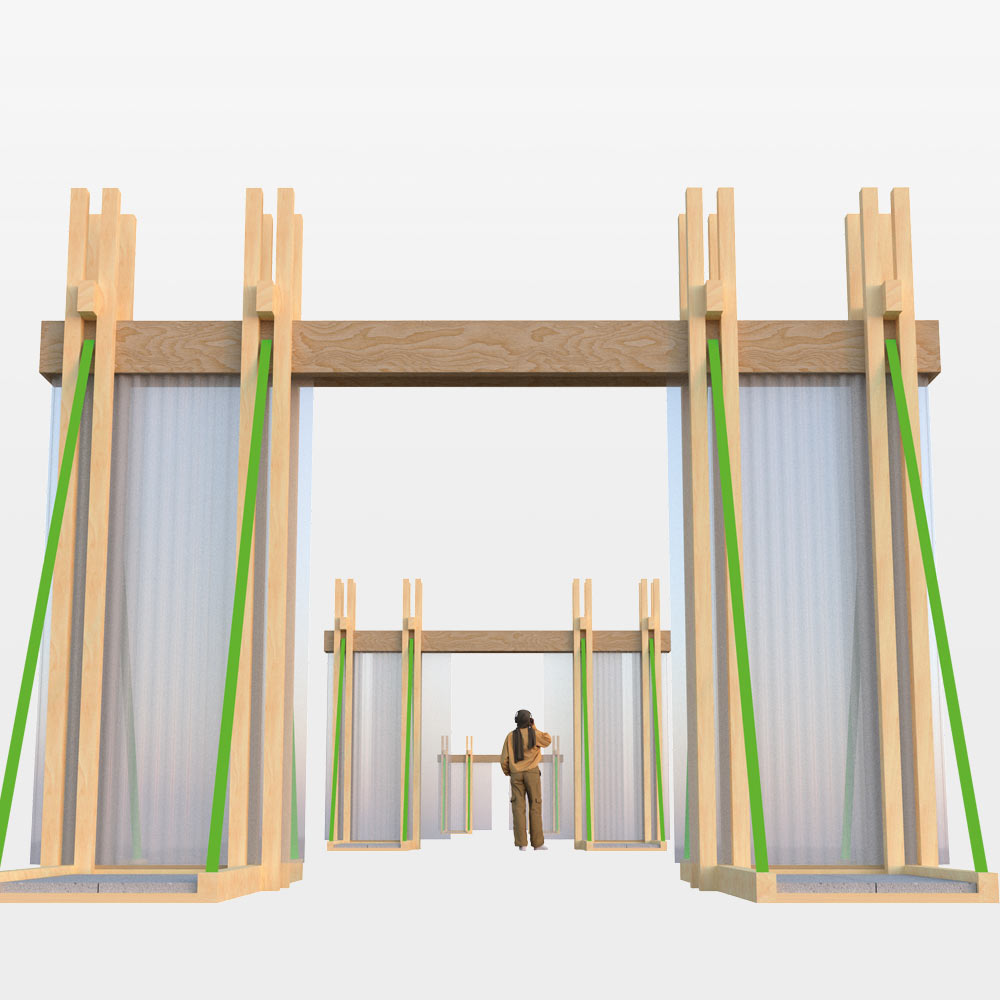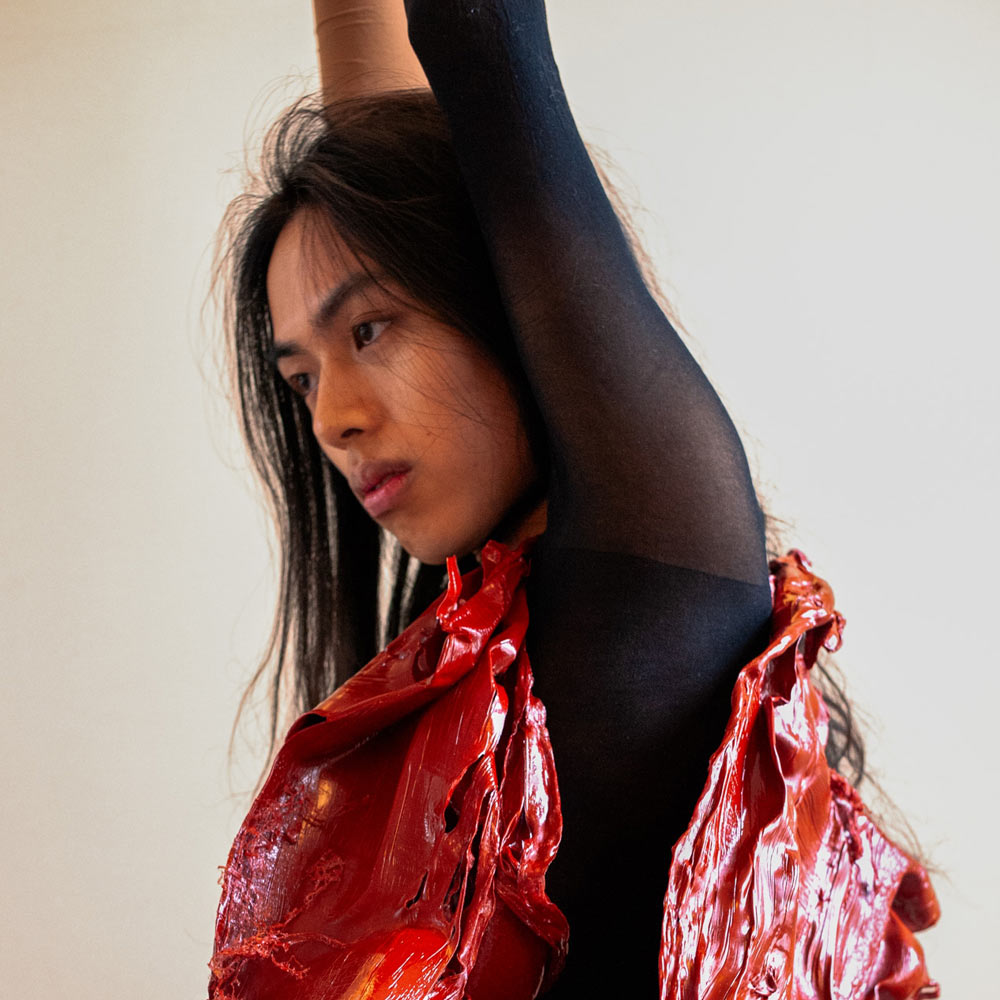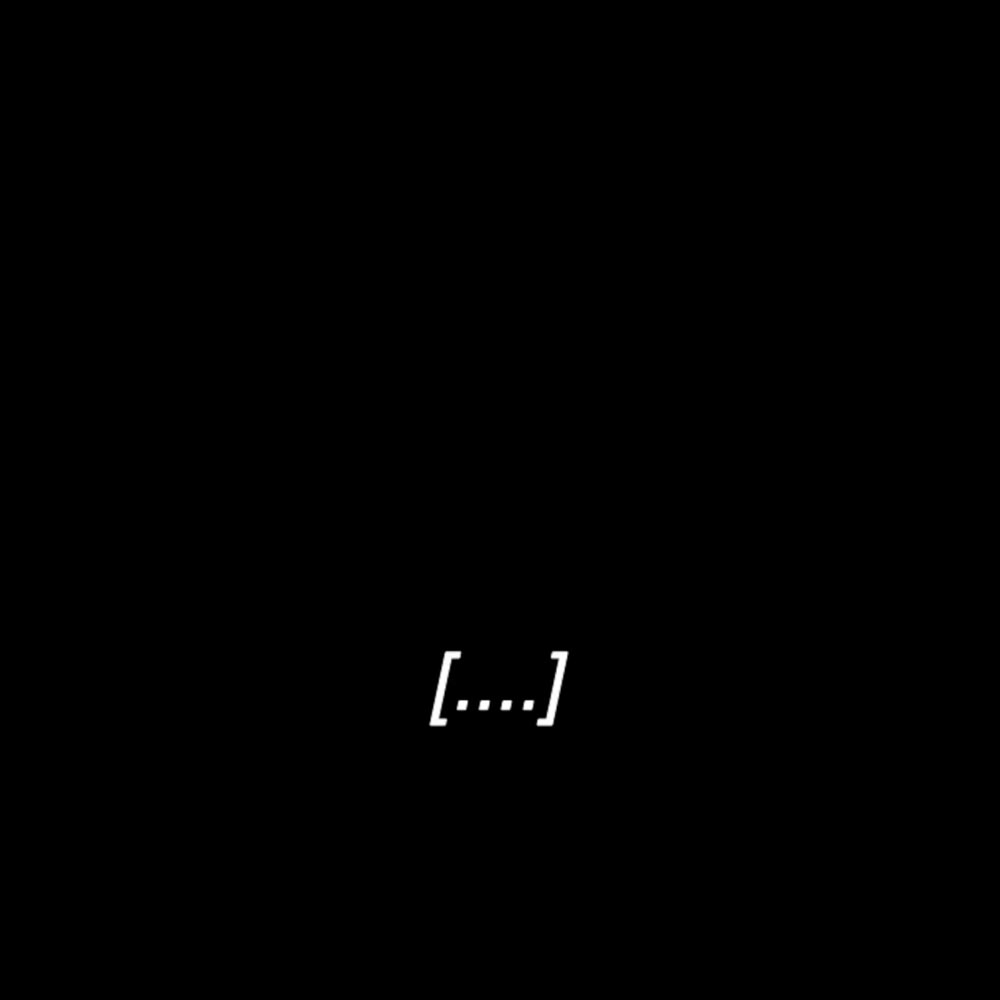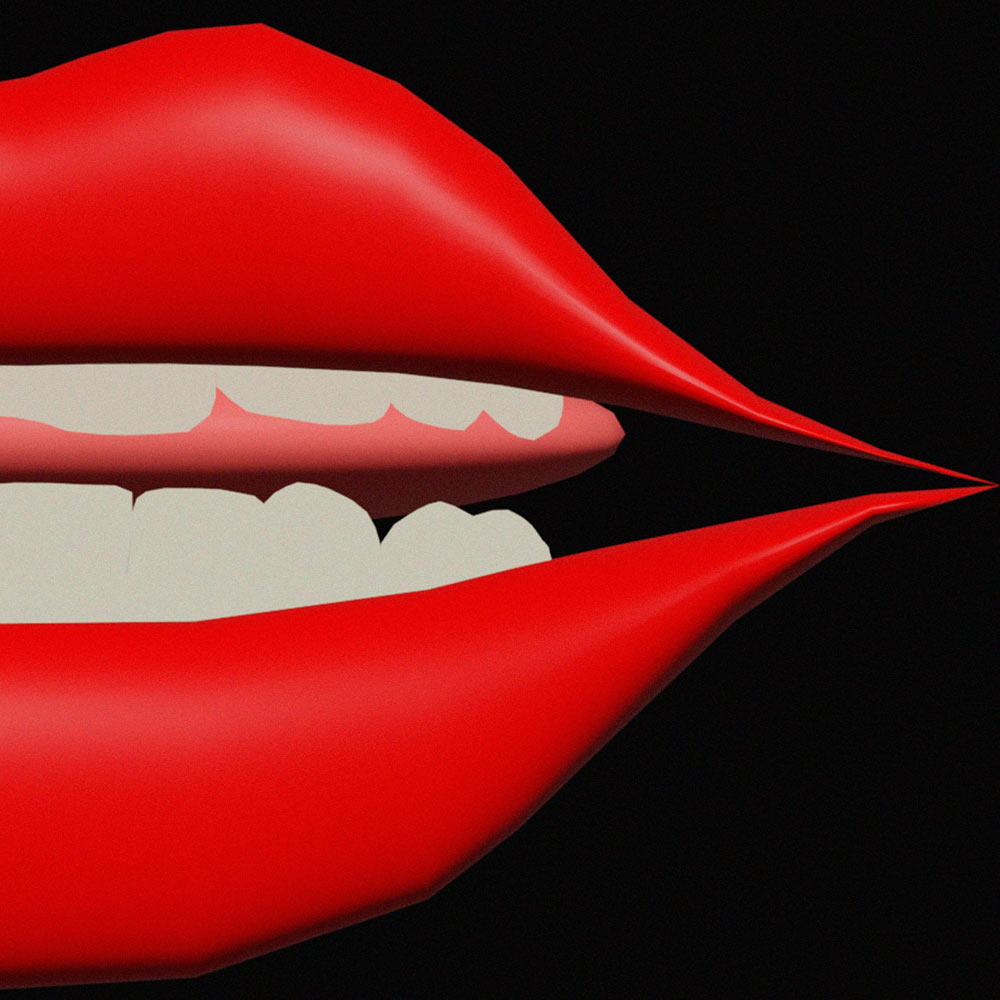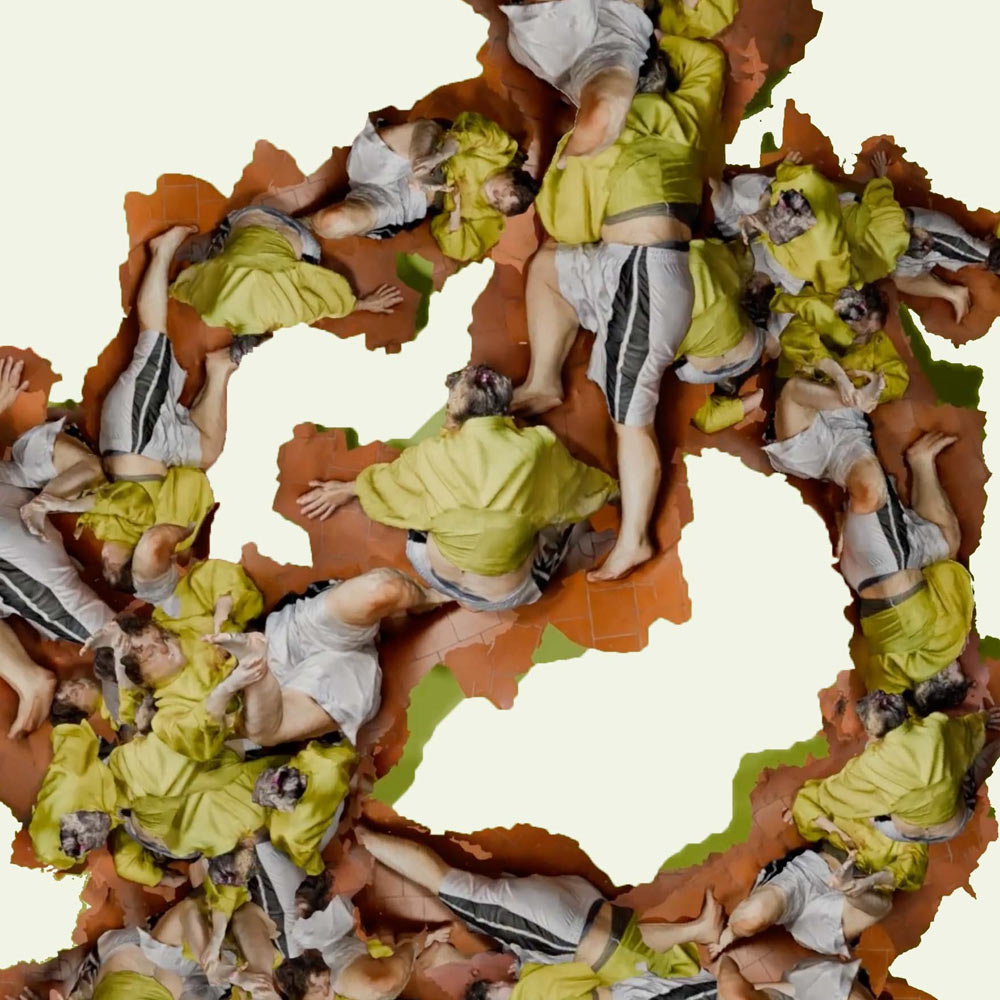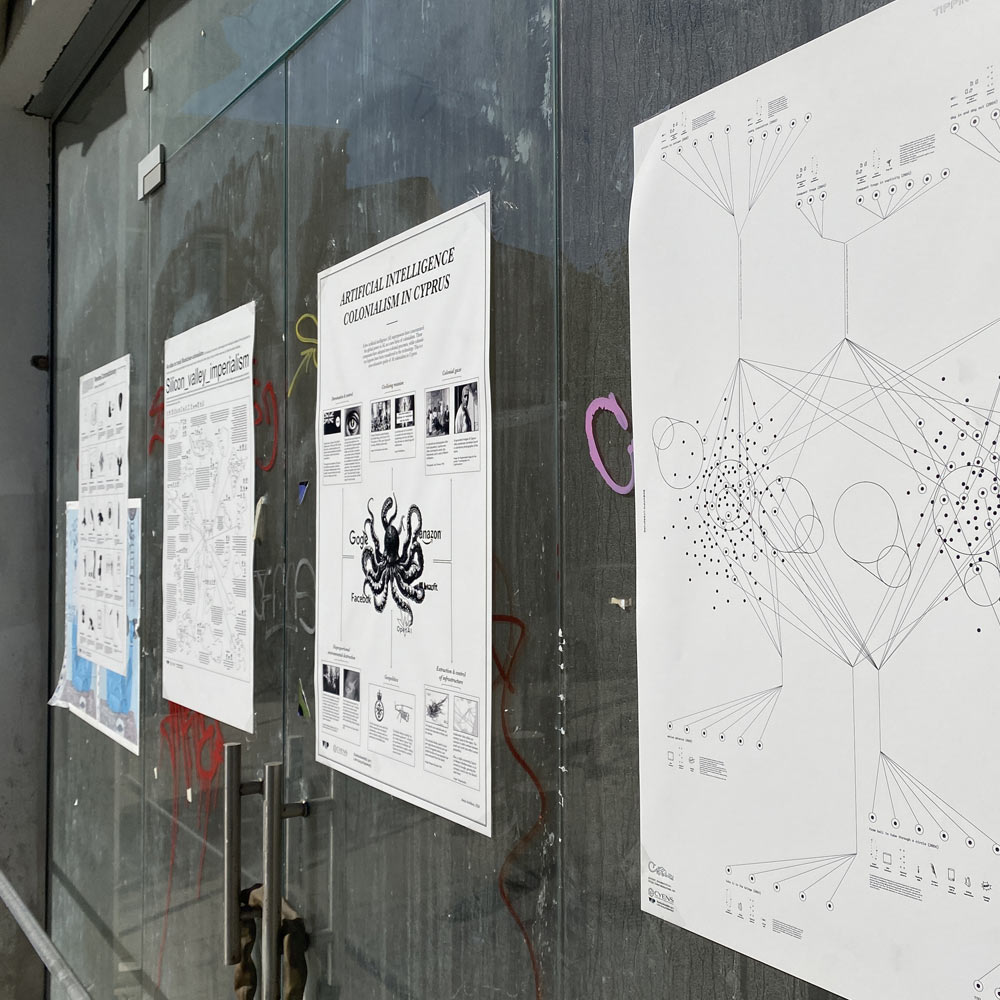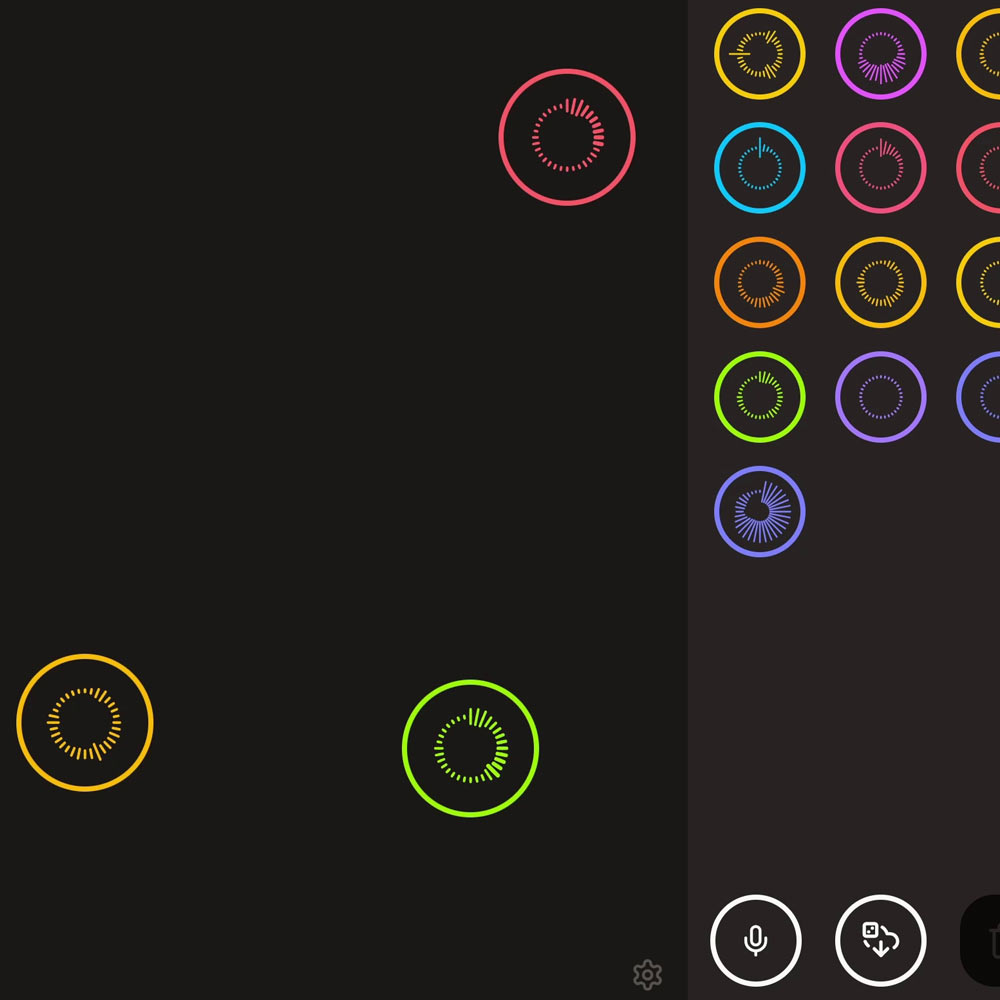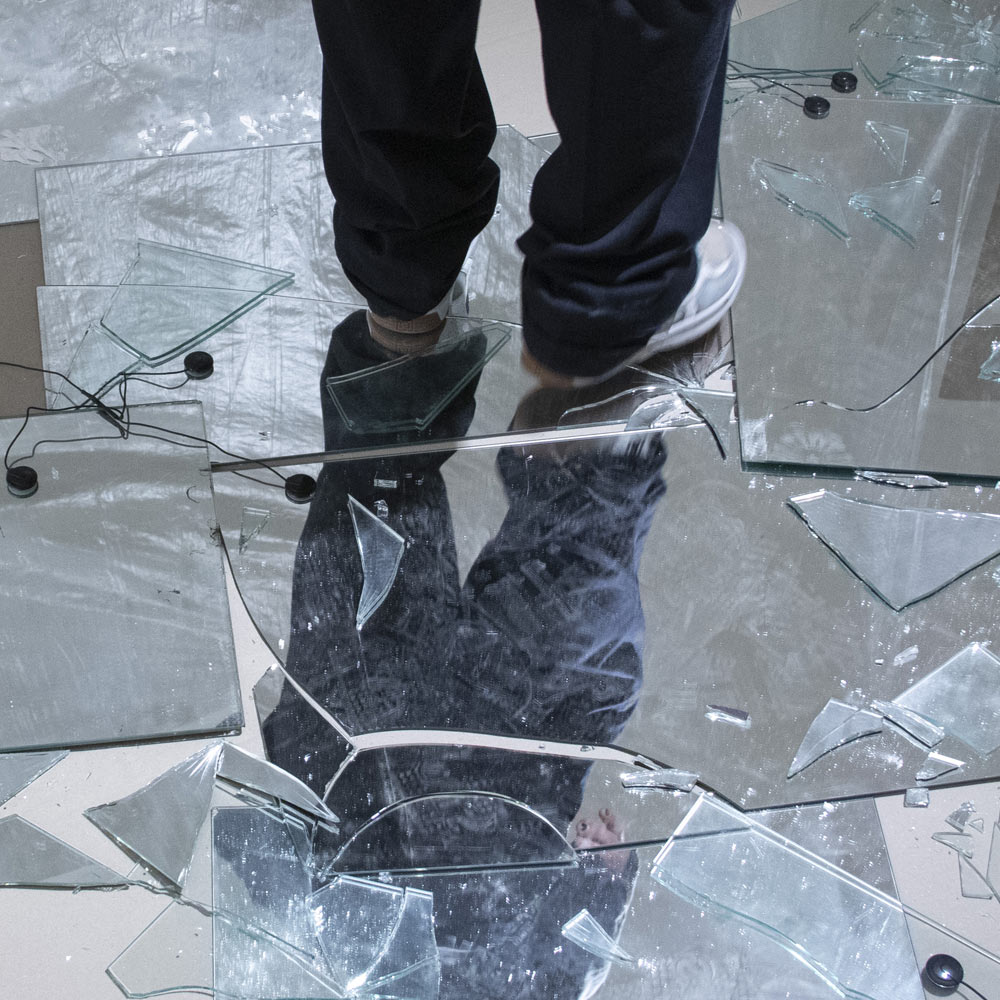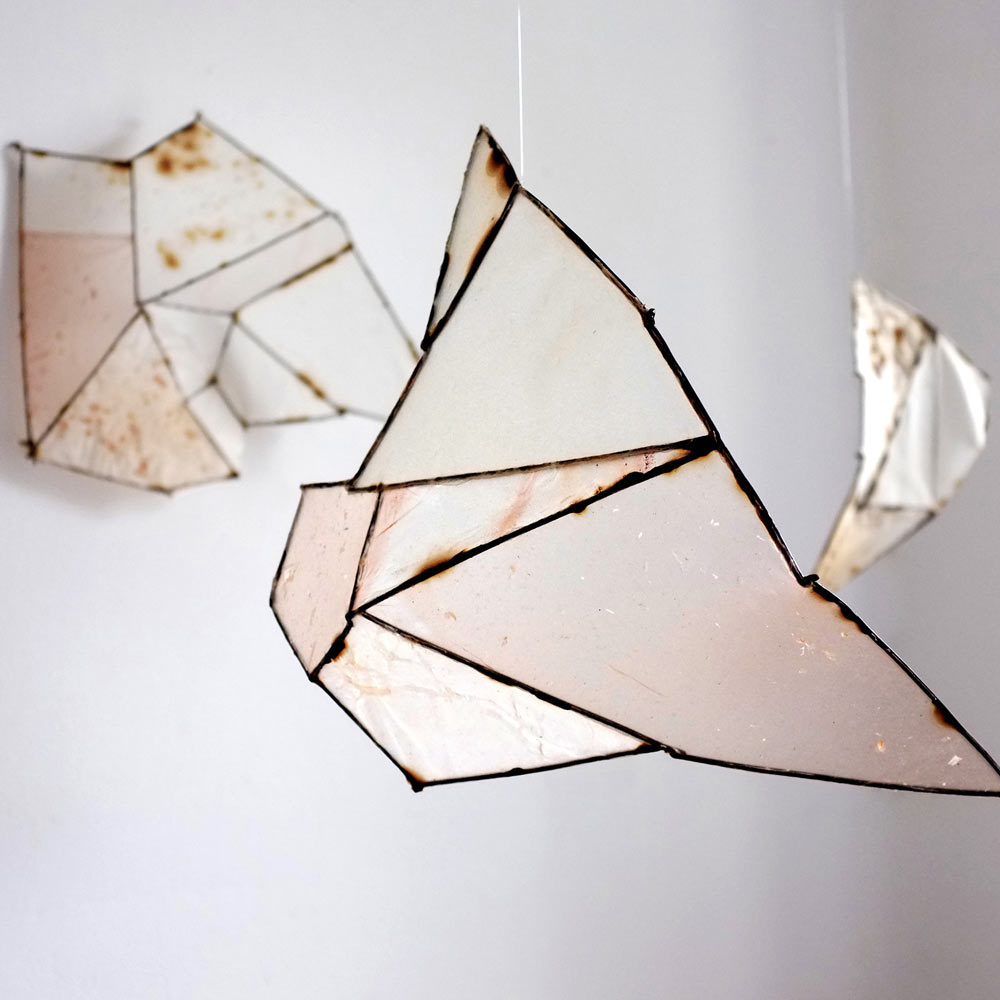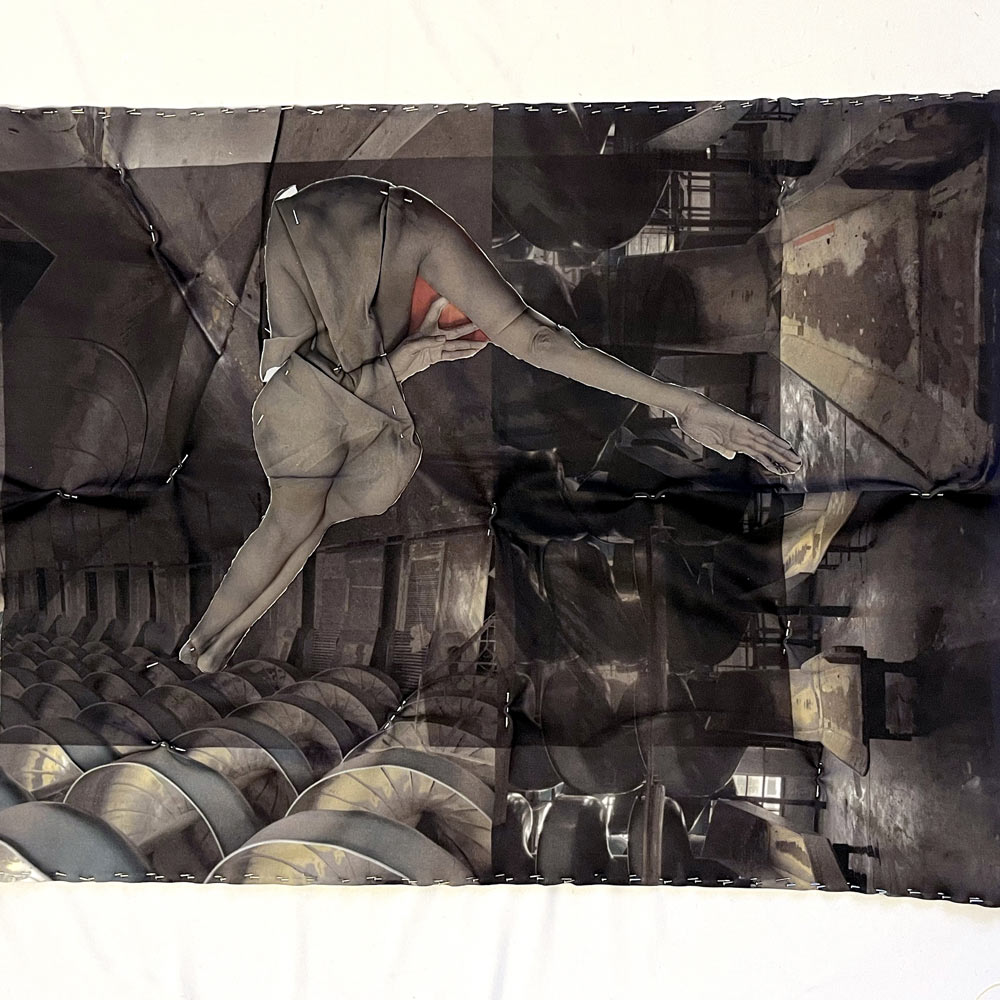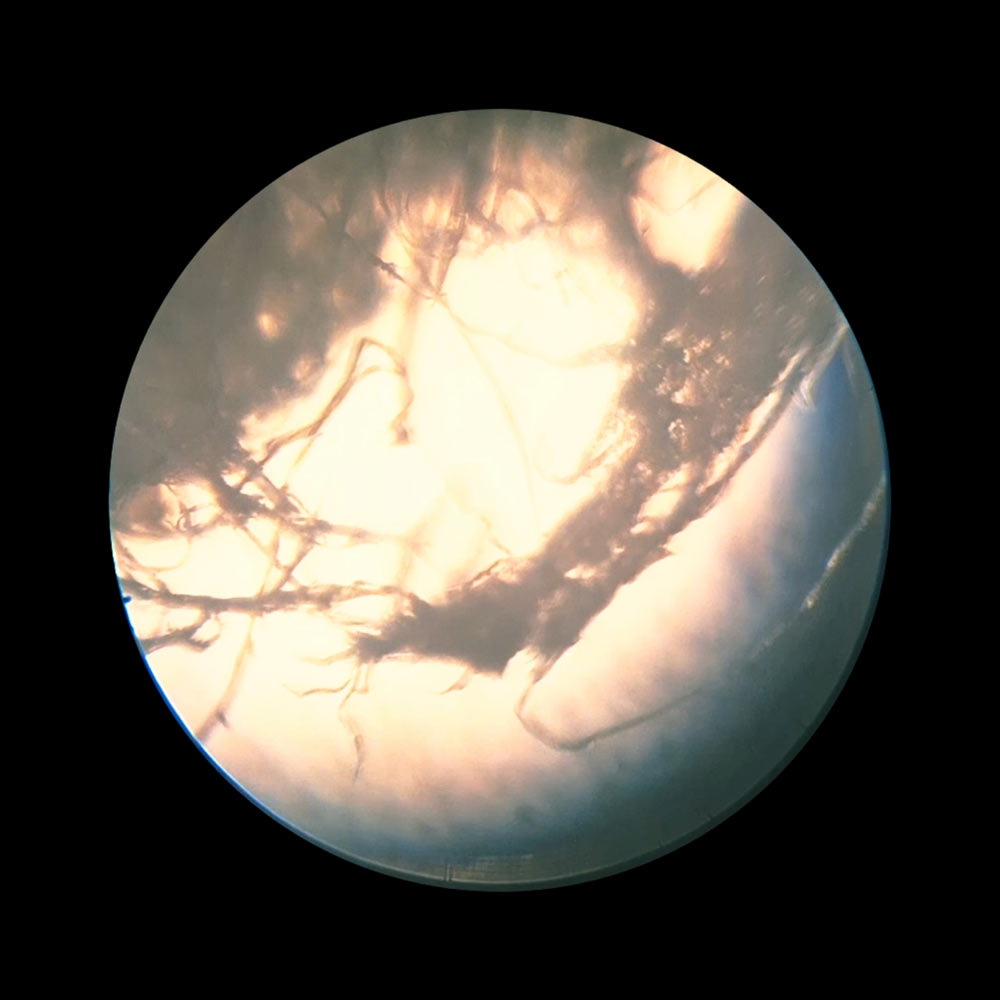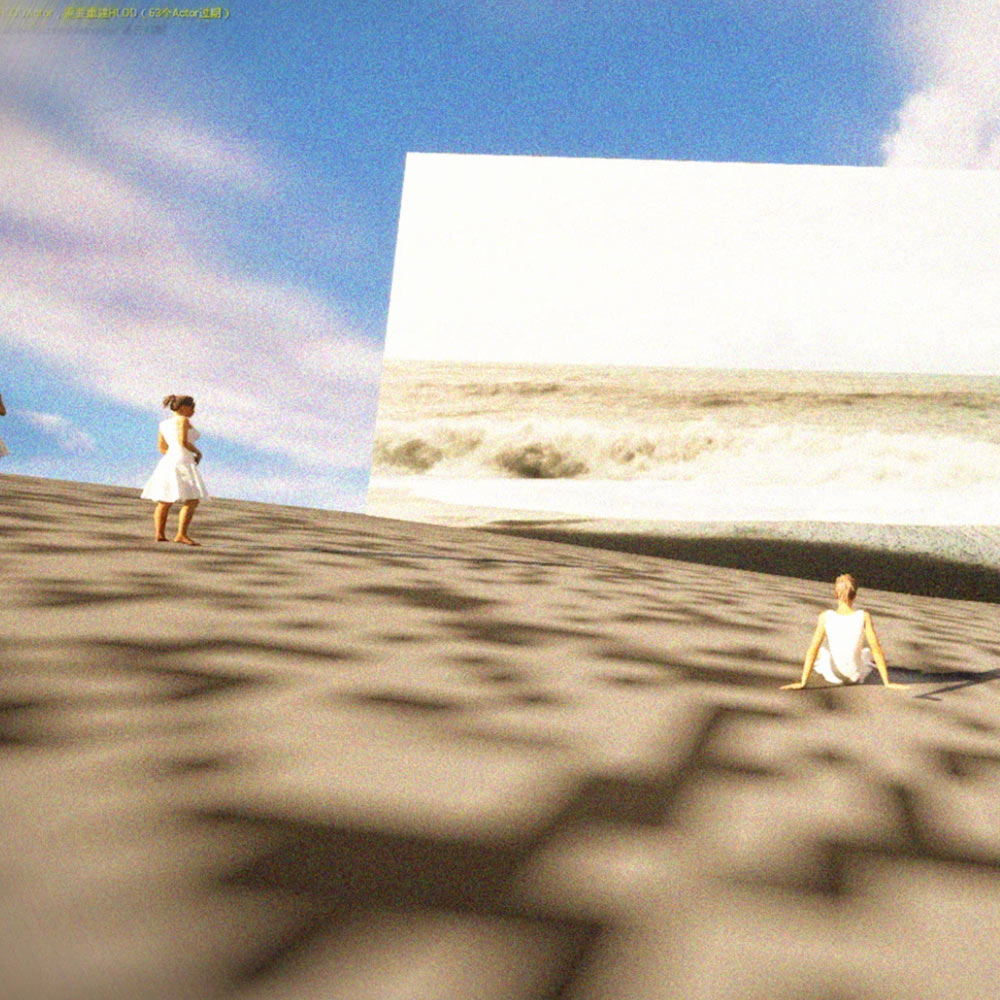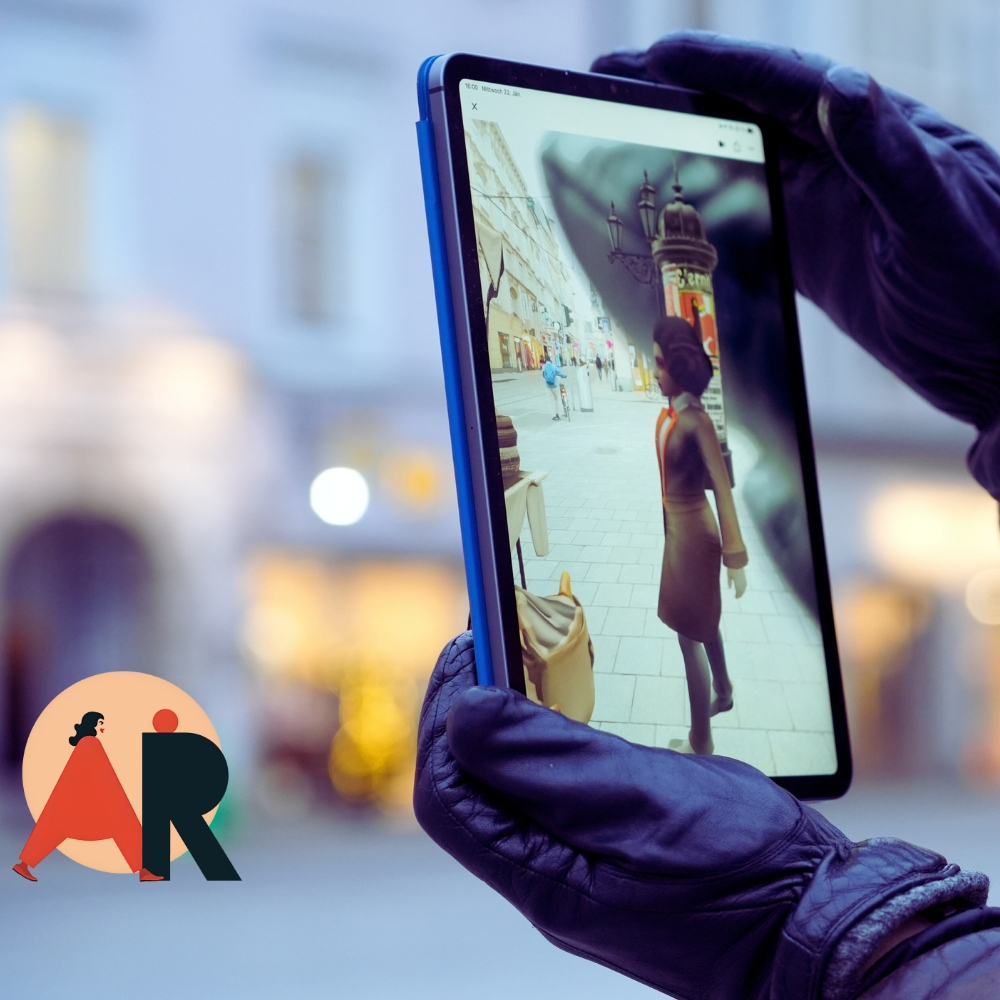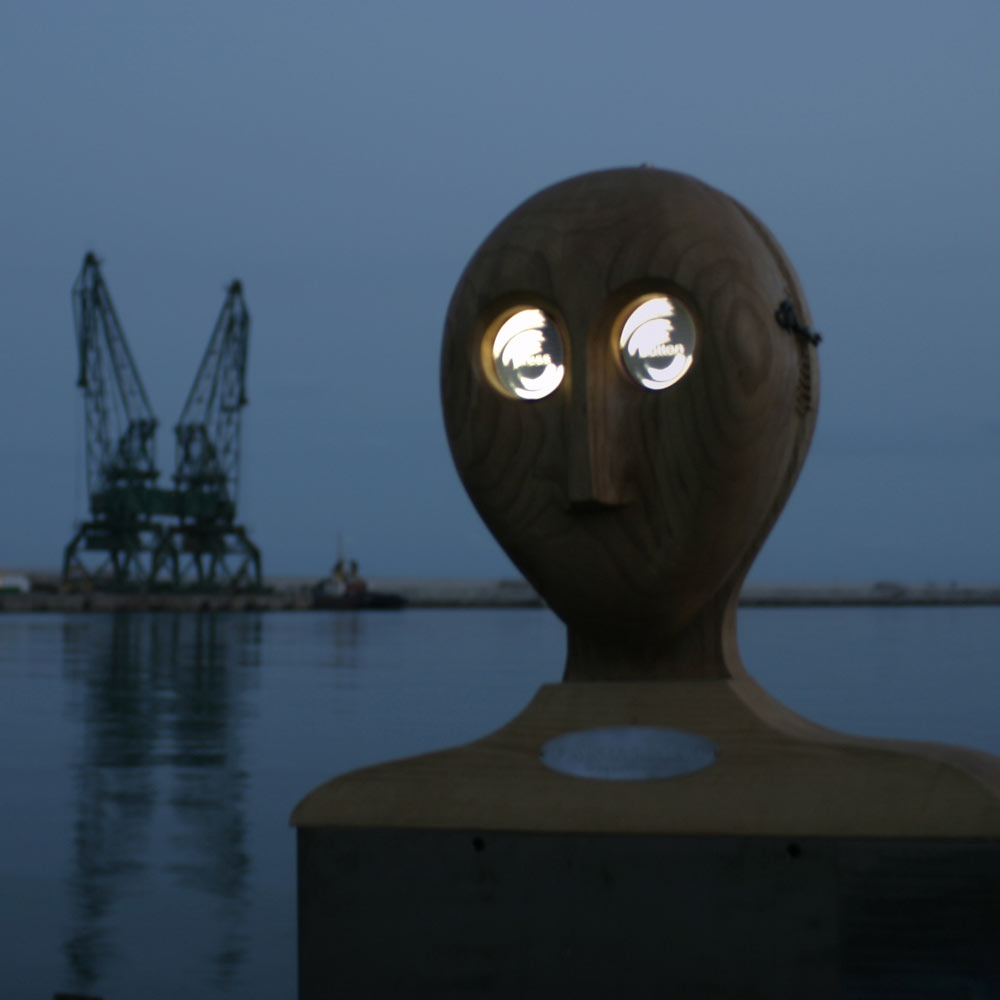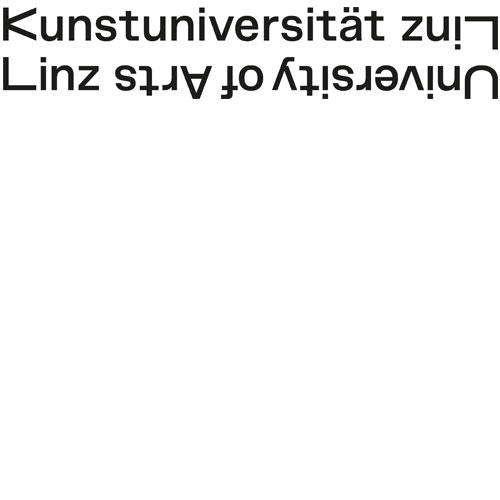Sliding doors on the main square. Constantly opening. And closing. And opening. The world resides between doorways. And next to them.
The University of Arts Linz is once again staging a curatorial intervention on the Hauptplatz, Linz’s main square, during the Ars Electronica Festival—in addition to the exhibitions, the Sound Campus, and the discursive and performative presentations. Sensor-activated sliding glass doors usually go unnoticed in shopping malls, hospitals, or other public buildings. As part of the Ars Electronica Festival, these overlooked structures are put in the spotlight on Linz’s Hauptplatz. The University of Arts Linz responds to this year’s theme, PANIC – yes/no, through the concept of automated openings—exhibiting the space between doors: from entrance to passage to exit. Our relationship to the world is challenged by an unceasing, automated absurdity. With every sensor-driven opening, glass doors begin to speak to the Linz public through unexpected sounds.
Alles.Immer.Offen. [Everything. Always. Open.] as hope, promise, uncertainty or threat? Are we becoming increasingly reluctant to accept moments of openness?
What exactly are we afraid of—and why? What lies behind, between, or beside doorways? And what promises come with doors that open on their own? The sound and noise installation on Linz’s Hauptplatz explores the theme of openness. We are not aiming to convey insights or deliver knowledge. Instead, we invite people to think for themselves—to spark conversations among thinkers. We want to create a space within public space. A space that opens—and is meant to open again and again.
The theme draws inspiration from Beyoncé, Kim Beck and Osman Khan, Einstürzende Neubauten, and Hannah Arendt. We value transparency in showing how this work came about—particularly in a time shaped by opaque, automated information systems.
Beyoncé:
Shortly after the devastating Eaton and Palisades wildfires subsided in January 2025, Beyoncé received the Grammy for Album of the Year. The award was presented by firefighters from the Los Angeles Fire Department on the evening of Sunday, February 2. She concluded her brief acceptance speech, among other things, with the words: “I hope that we … open doors.” This statement was likely addressed less to the firefighters who presented her with the Grammy, and more to the fact that the very next morning, “Day Without Immigrants” protests were organized in several U.S. cities in response to the immigration policies of Donald Trump’s second administration.
Hannah Arendt:
Political freedom, the public sphere, and moral responsibility are themes explored by Hannah Arendt in her various writings and publications. In preparing the Kunstuni Campus, her speech-turned-essay On Humanity in Dark Times: Thoughts on Lessing proved especially significant. Originally delivered as her acceptance speech for the Lessing Prize in 1959, it includes the line: “The world lies between people, and this ‘in-between’—much more so than, as is often assumed, the people themselves or even ‘the human being’—is today the subject of the greatest concern and the most visible dislocation in nearly all countries.” Through these reflections, she urges a continued responsibility toward the world and a renewed examination of how we relate to it.
Kim Beck in collaboration with Osman Khan:
Amid the momentum of Linz’s designation as European Capital of Culture in 2009, the Prix Ars Electronica honored a piece by Kim Beck and Osman Khan which has since found its way into the Ars Electronica Archive as video documentation. When Laughter Trips at the Threshold of the Divine—a sliding door installation originally exhibited from August 2008 to August 2009 at Socrates Sculpture Park, Long Island City, NY—was never realized in Linz, despite some recalling otherwise. Comparable installations include Carsten Höller’s fully functional automatic sliding glass doors at Tate London in 2003. It would come as no surprise if numerous other automated door systems have been—and are still being—used as artistic tools for spatial interventions across, inside, outside, and in-between contexts.
Einstürzende Neubauten:
Lastly, the title of our installation takes form as a collage inspired by an album title from a well-known German band. Alles wieder offen [Everything open again] is both the name of an album and a track released in 2007 by Einstürzende Neubauten. The song’s lyrics poetically and ironically explore different forms of new beginnings. In tribute to the band’s influential musical legacy, we have titled our installation and the Kunstuni Campus Alles.Immer.Offen.
Technologies are doorways. Doorways are passages. Passages are in-between spaces. A collage of hope, promise, uncertainty, and threat. Yet the Kunstuni Campus is more than just a collage. The following pages present the works and emerging artists who are exhibiting, performing, or contributing to a discursive assemblage—both in the buildings on Linz’s Hauptplatz and on the campus in POSTCITY. Alles.Immer.Offen.
Manuela Naveau
Initiator and Curator of Kunstuni Campus@Ars Electronica Festival,
Professor of Critical Data at the Interface Cultures Department, University of Arts Linz.
Hess Jeon, Sylvia Leitner, Alexander Wöran, Viktoria Angyal, Vladislav Nazarov, and Gudrun Oberndorfer
Project Management of Kunstuni Campus@Ars Electronica Festival
Paul Eis
Architect
Jürgen Ropp
Audio Setup
MOOI DESIGN
Graphic Design
Installation at Hauptplatz made possible thanks to the exceptional support from Peter Danereder GmbH.
